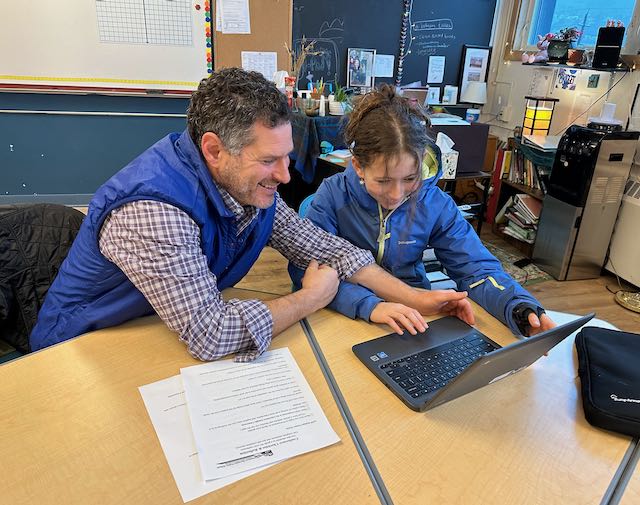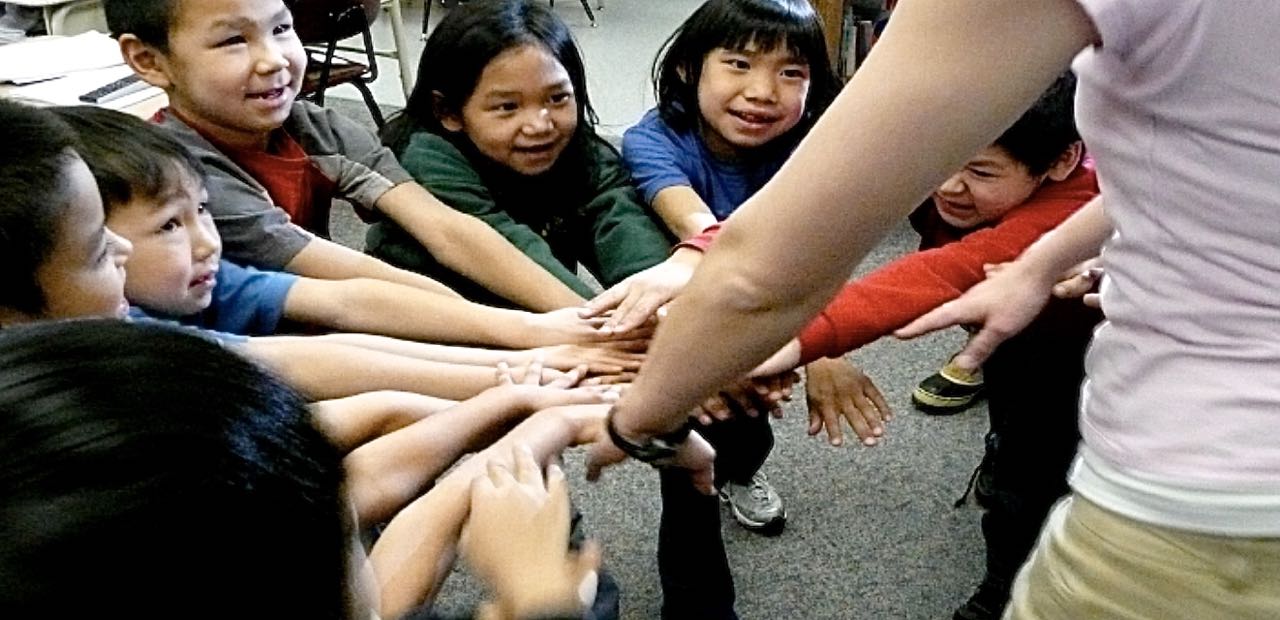Conditions for Learning Team

AASB recently launched the Alaska Family Engagement Center. As part of this project the Family Advisory Board – or FAB – provides insight and make recommendations that schools can use to develop strong family partnerships.
The group took a look at tips for communicating with families on the Alaska Family Engagement Center website and shared a few tips of their own.
Two-way communication is key. Families want to hear from schools, but they also want opportunities to communicate their needs and experiences back to the school.
The group agreed that there’s no one-size-fits-all way of communicating. Rather, the same information should be provided using multiple approaches. Emails remain a solid way of sharing information. One parent also said phone calls are amazing. In some communities, radio announcements are a good way to get the word out. In others, social media is the way to reach families. The group also liked apps like Class DoJo and Remind. Remind allows the same information to be easily sent via text and/or email.
And despite all the apps, websites, and newsletters, the School Climate and Connectedness Survey statewide results show that the families most appreciate conversations with staff.
Consistency matters. Families found it frustrating when website information was regularly updated for one school but not another. Busy families want to know that there is at least one up-to-date source they can rely on.
Keep the text as short as possible. Using pictures and words and making newsletters graphically appealing can help many families access the information more easily.
Families also said they appreciate receiving suggestions and prompting questions which can help spark dinner-table discussions about what their kids are working on at school.
A few things that don’t work for families are generic letters from curriculum or testing programs that are too wordy and not localized. Flyers and letters sent without context or contact information also narrow opportunities for two-way communication.
Ultimately, asking families how they want to be communicated with, what they don’t like, and what they know how to use is the key to on-going success. Your school may have introduced helpful new apps, but if families don’t know how to use them or don’t have a way to communicate back to the school, they may fall flat.
Like any relationship, partnerships between schools and families require starting with good communication. For more tips and tools, check out the Alaska Family Engagement Center website.
And if you know a family member who might be interested in participating on the Family Advisory Board you can nominate them here (self-nominations are also welcome.)
